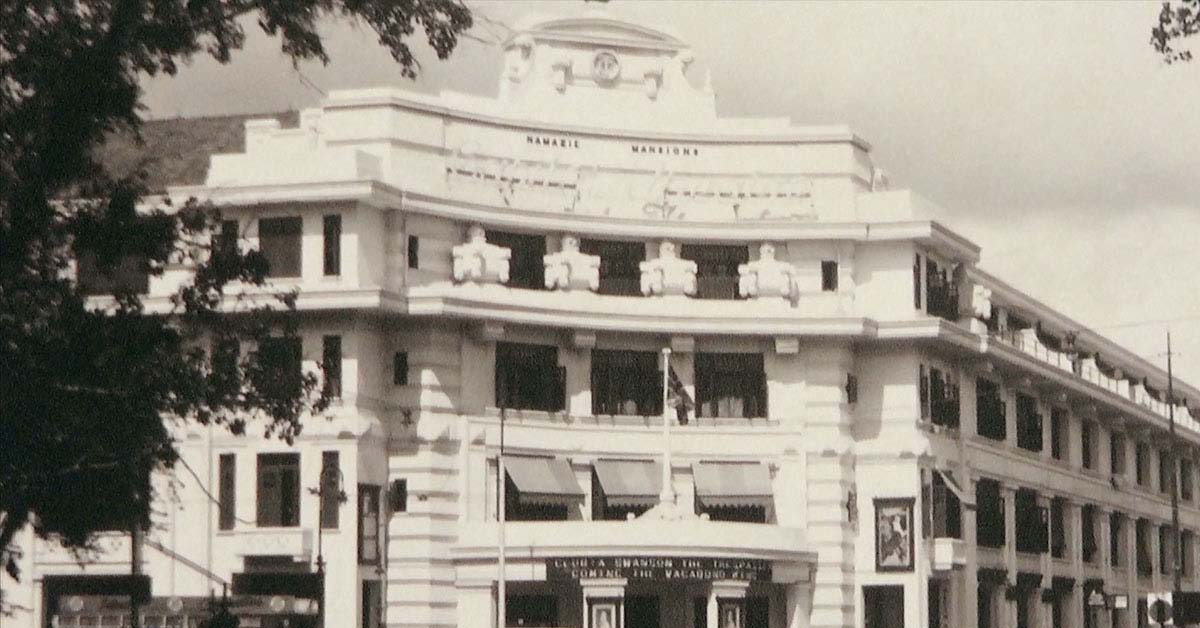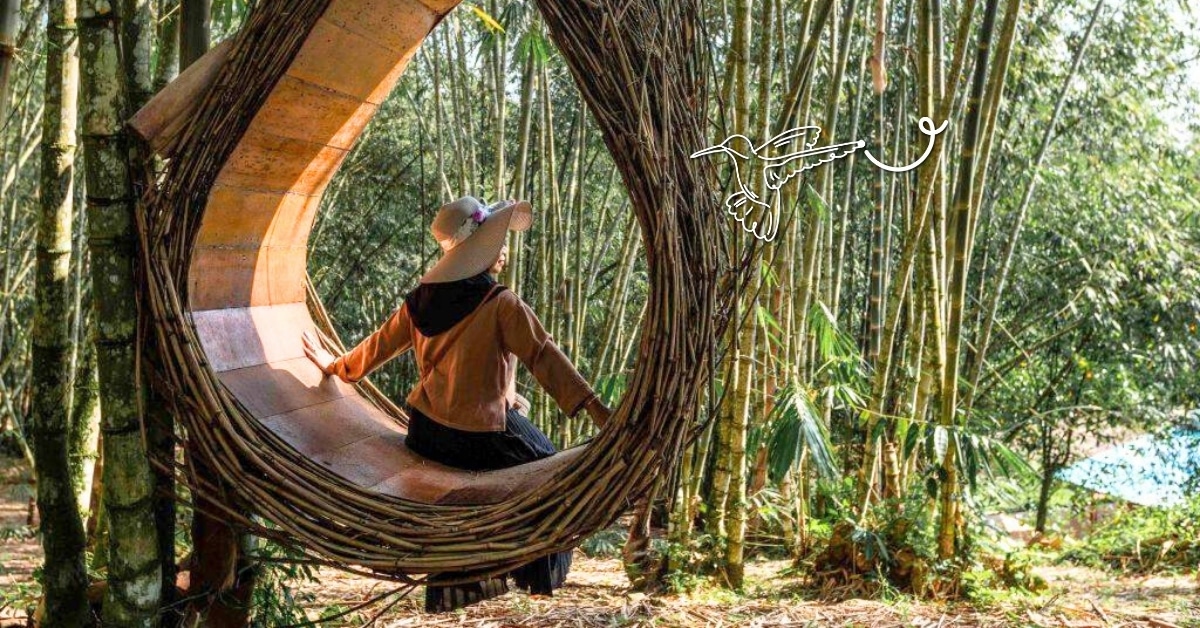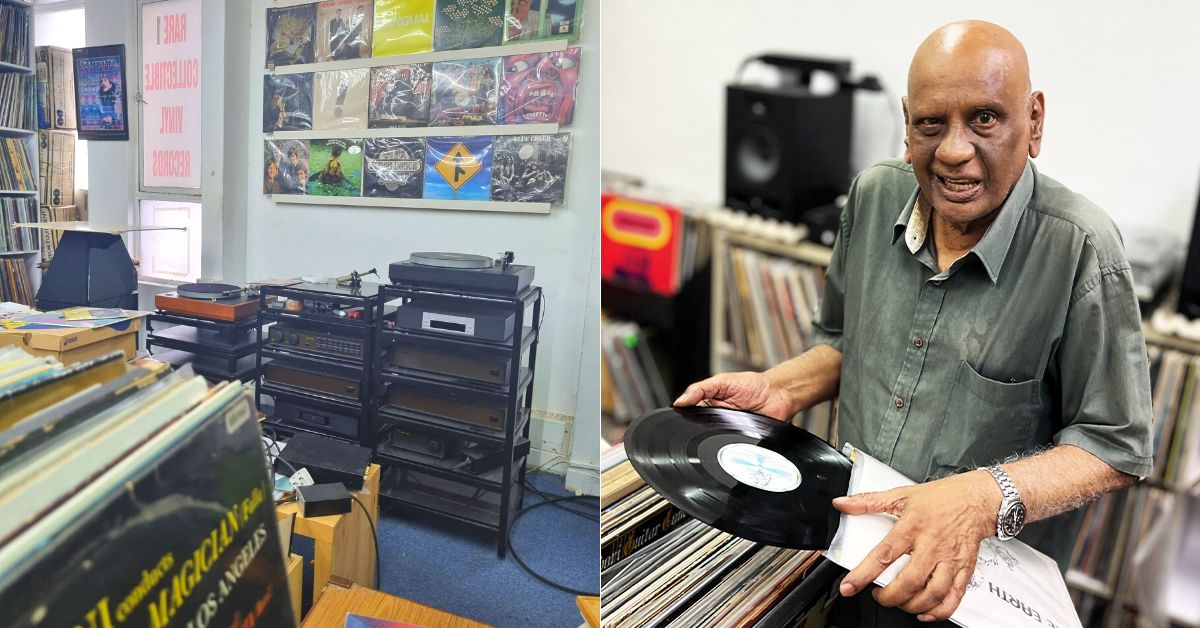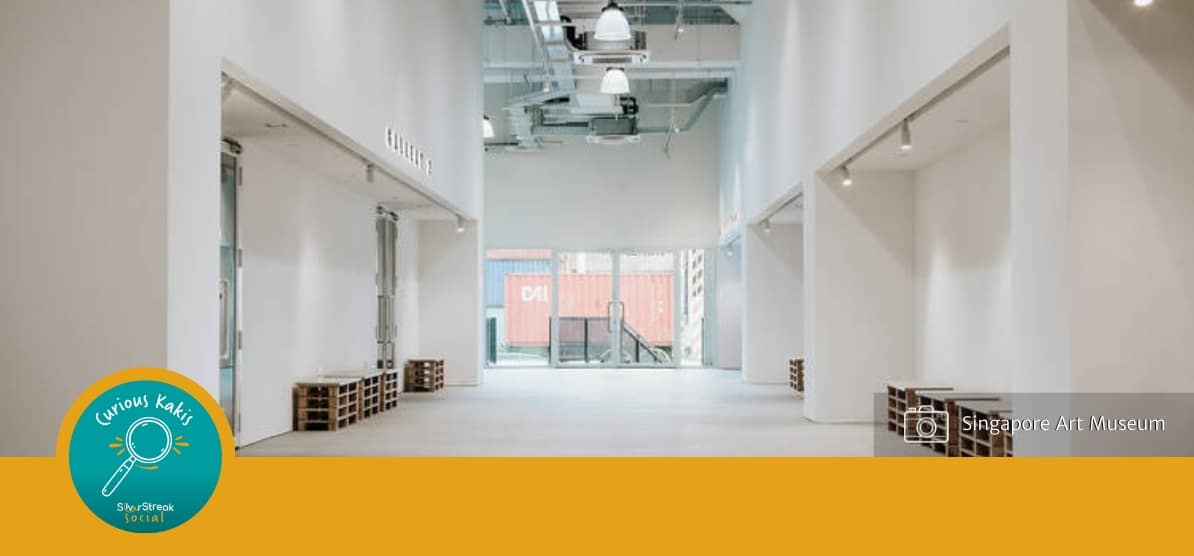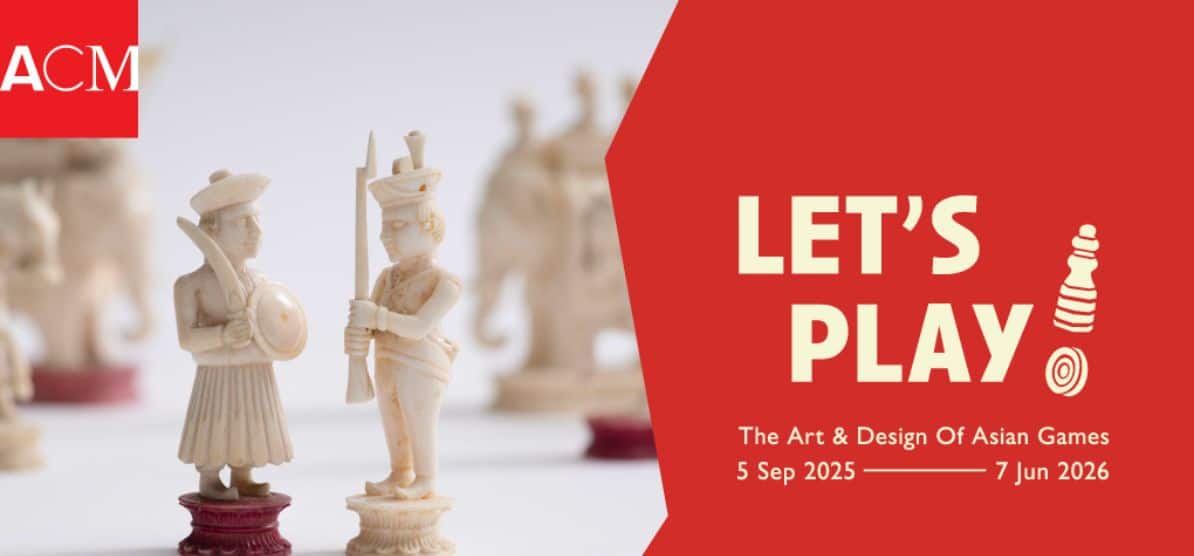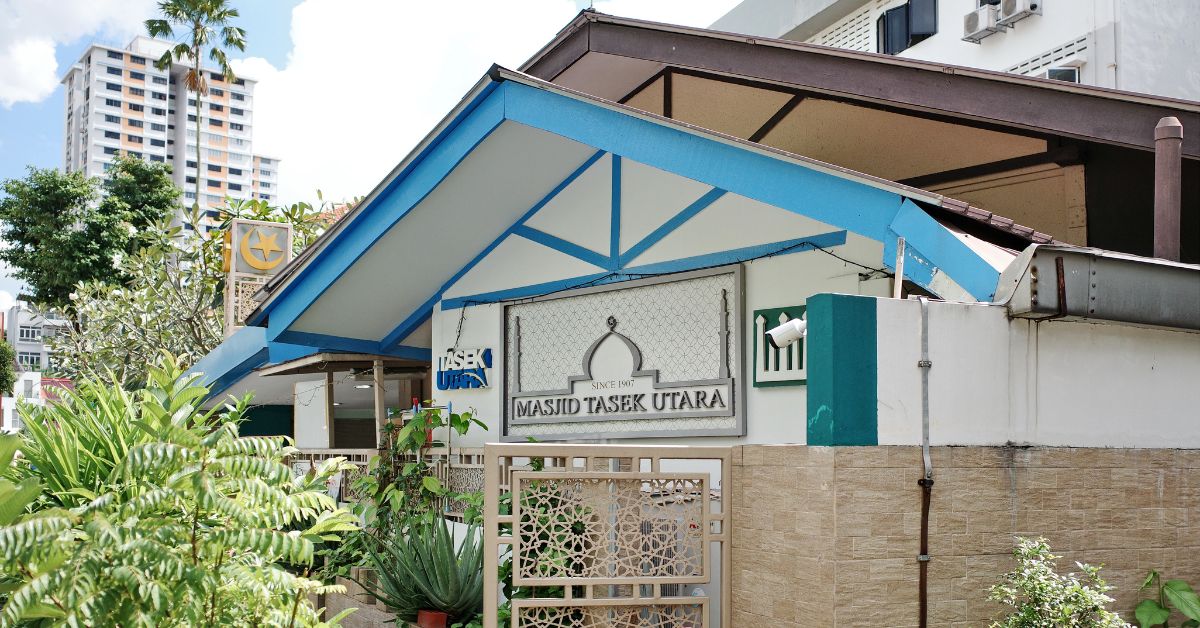
Pek Kio holds a unique charm rooted in its colonial history. Not as well-known as some other Singapore districts, it is perhaps most famous for the Pek Kio Market and Food Centre.
But closer exploration reveals fascinating features that helped chart the area’s progress from jungle and swamps, to plantations cultivating nutmeg, pepper and sugar, to a vibrant centre for sports, and to the residential oasis we see today.
There once was a Malay kampong, Tasek Utara (“north lake”), in the area where Shrewsbury, Norfolk and Owen Roads are now located.
The lake, from which the kampong got its name, is gone, but the modest Masjid Tasek Utara, established in 1907, is a reminder of this important aspect of the area’s history.
Over time, Pek Kio evolved into a hub for horse racing, a rifle range, golf, and other sports. It also marks the spot where the first plane to land in Singapore touched down.
Advertisement
A pivotal shift came in the early 1900s: the transformation into a residential area that took on the moniker “Little England.”
Eclectic Architecture
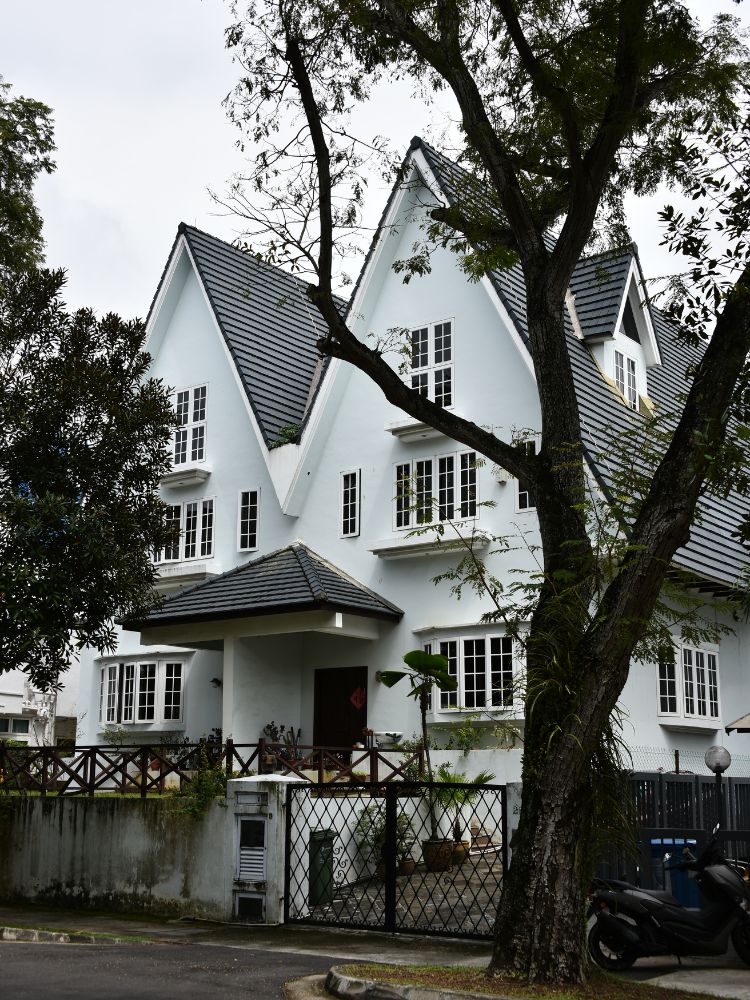
Pek Kio is a captivating collage of architectural styles from different eras.
The housing landscape includes HDB flats, condominiums of varying sizes, semi-detached residences, and single-family homes.
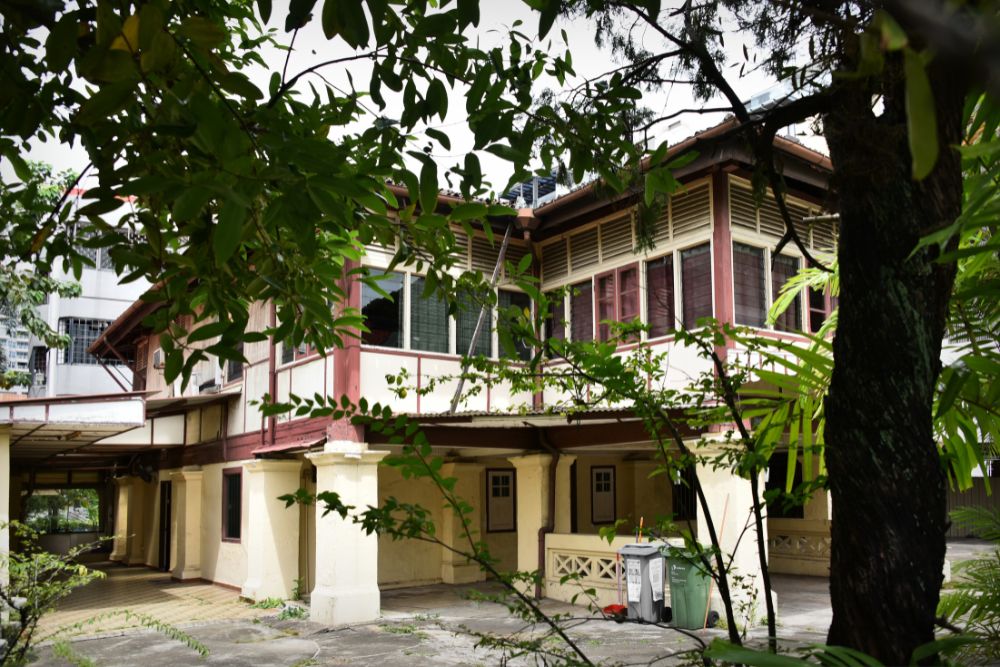
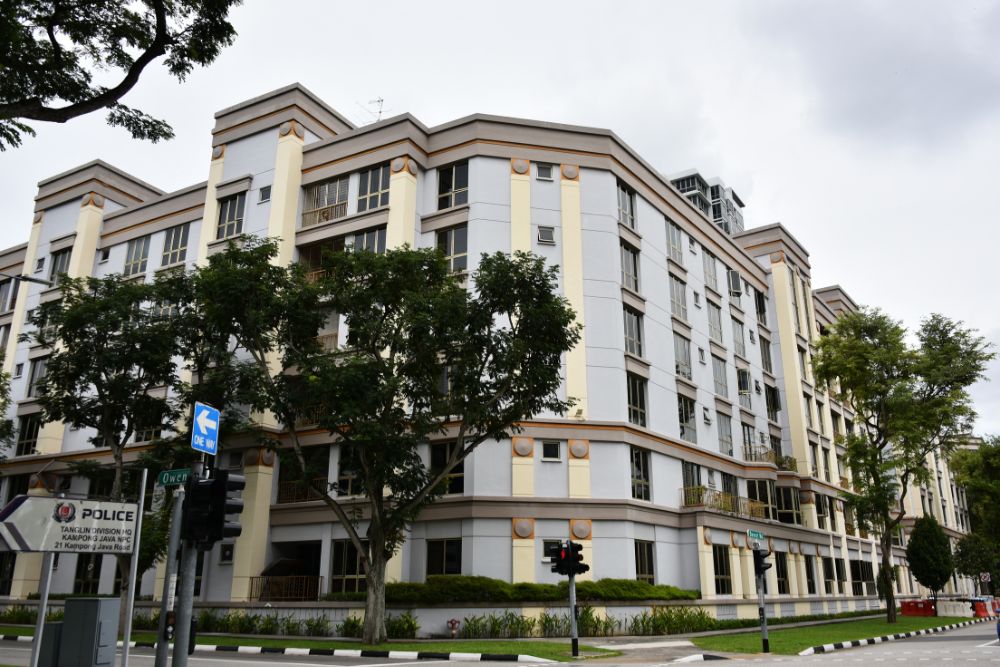
The Dutch-style homes, built by the Singapore Improvement Trust (forerunner of the HDB), were part of the district’s architectural diversity.
Although those homes have long since given way to HDB housing, subtle echoes of their design linger in certain structures.
British Street Names
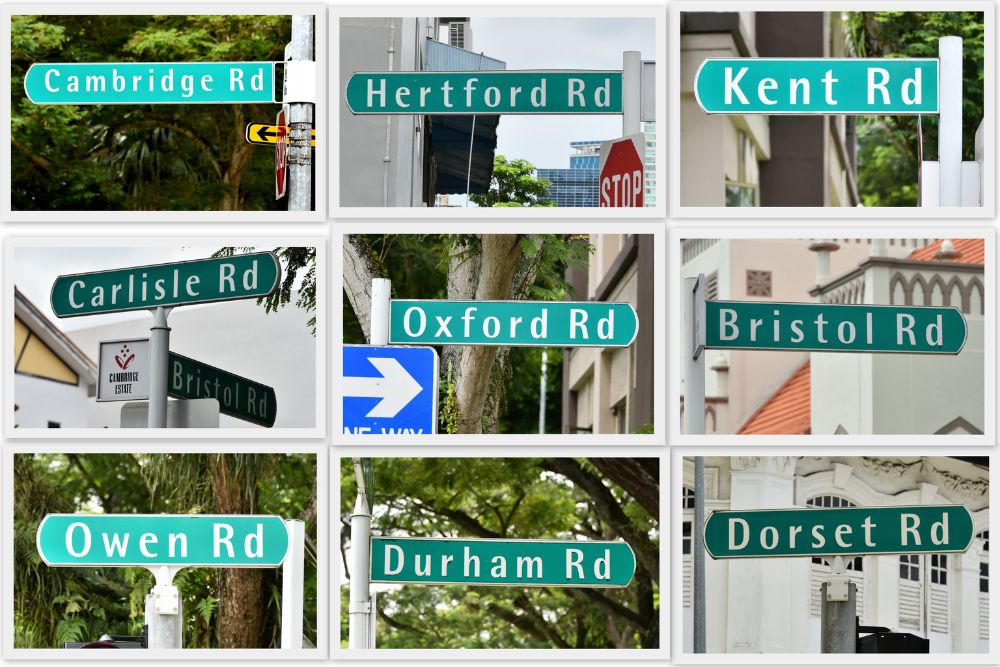
The colonial influence is vividly apparent in Pek Kio’s street names: roads with names such as Owen, Dorset, Gloucester, and Hampshire, reflecting the district’s British heritage.
In light of its central location today, it’s amazing that Pek Kio was once considered to be on the outskirts of the city.
The Mystery of the White Bridge
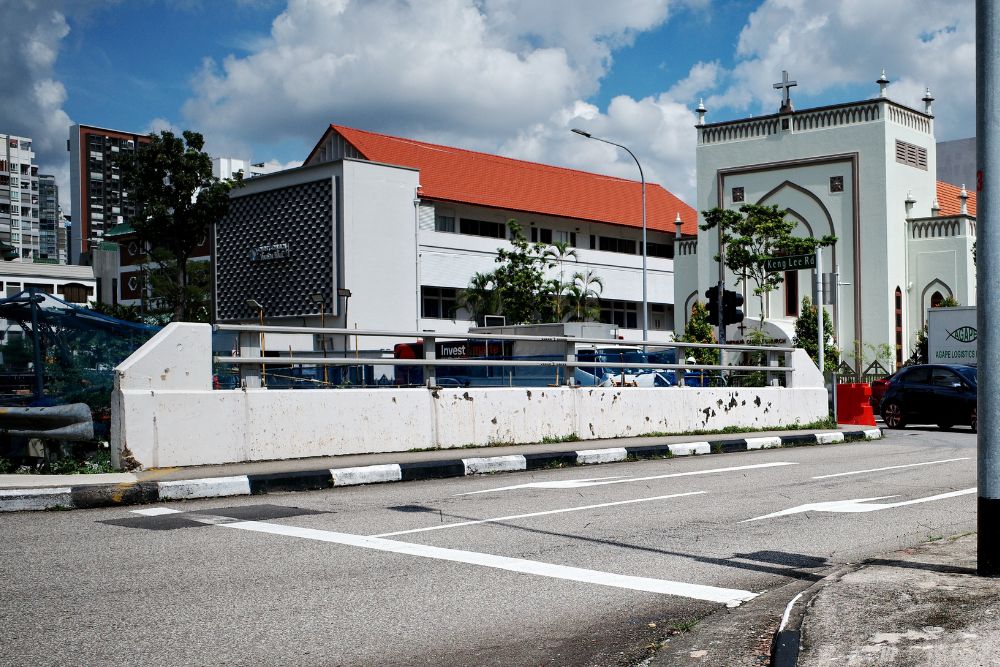
District names in Singapore often derive from landmarks, and Pek Kio is no exception. The enigmatic reference to a white bridge in Hokkien sparks curiosity.
Despite extensive construction around the Kampong Java Canal, the white bridge, near Dorset Road, still exists; the other previously well-known bridge, Ang Kio Tao, is nowhere to be seen.
While the white bridge is quite unremarkable now, I felt some sense of accomplishment in tracking down this eponymous structure.
Political Intersection

While walking around the Pek Kio Market & Food Centre, I couldn’t help but notice some very familiar faces on banners facing each other on Owen Road.
The market itself is in Tanjong Pagar GRC while the area across the road is part of Jalan Besar GRC.
Flourishing Community Gardens
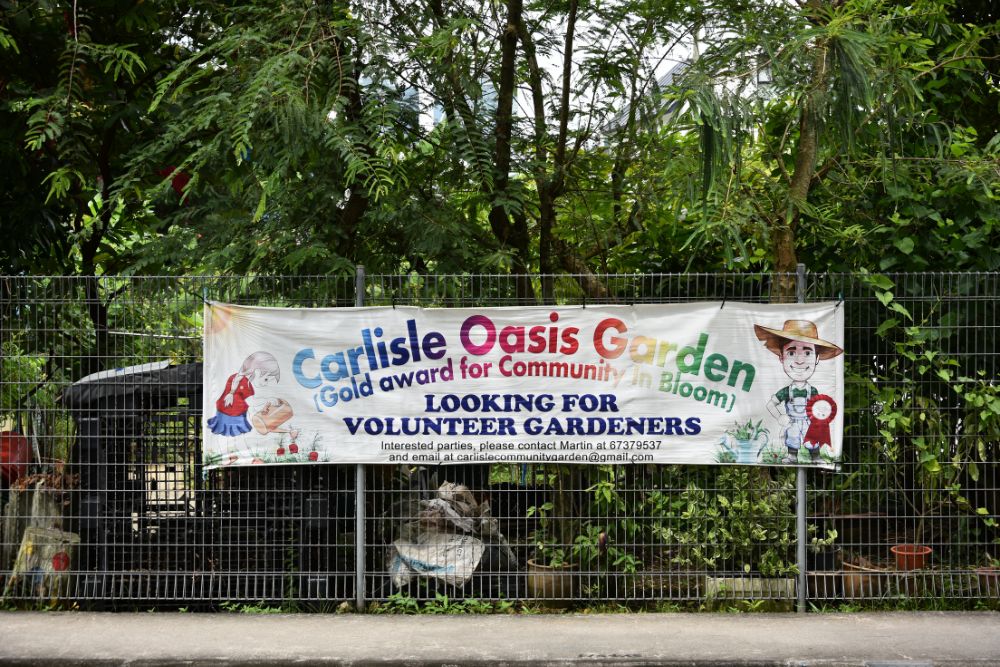
While walking down Dorset Road, the Carlisle Oasis Garden— a well-tended community garden — caught my eye. I asked Gilbert, a dedicated volunteer there, if I could go in and take a look, and he warmly welcomed me into the garden.
Gilbert said that he has time to volunteer because he has already reached retirement age.
When I found out that he’s 12 years younger than I am and already retired, it made me wonder why I continue to work!
Gilbert not only told me about the garden, he also shared information about other places of interest in the area, such as the black-and-white mansion along the Kampong Java Canal and the location of the white bridge.
Further down Dorset Road, I discovered the Bristol Interim Garden, which added to the green tapestry.
The word “interim” in the names of these small sanctuaries of nature suggests that they may find other uses in the future, but let’s hope that more such gardens can be developed and maintained.
Religious Diversity
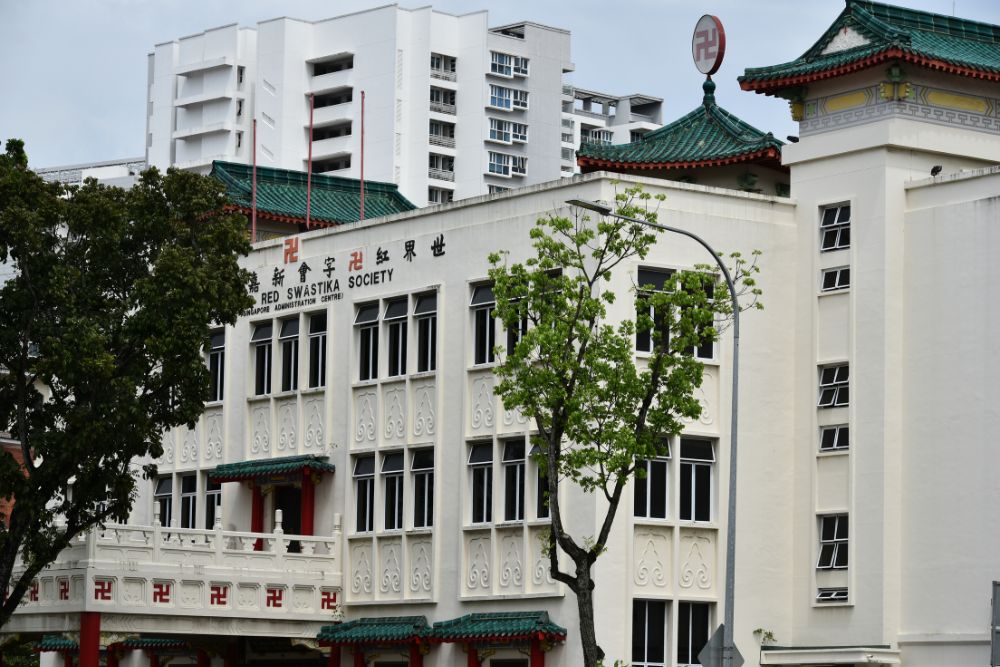
Keng Lee Road hosts an array of religious institutions that showcase Singapore’s diversity.
Christ Church, which caters to various Indian sub-continent groups, offers services in Tamil, Punjabi, English, and Malayalam.
There are also Baptist and Methodist churches, and the headquarters of a Buddhist society.
This coexistence of houses of different faiths stands as a testament to Singapore’s commitment to religious inclusivity and harmony.
Embracing the Pek Kio Tapestry
Pek Kio, with its multifaceted mosaic of history, architecture, and community, invites investigation well beyond its well-known market.
As I navigated the streets and thought about its history, I was reminded of the ways the neighbourhood — and Singapore itself — has adapted, evolved, and been transformed over the years.
And, while Pek Kio may not be as prominent as some other districts, its understated yet enduring ability to reinvent itself over time certainly makes it a worthy place to explore.
In a city known for its rapid development, Pek Kio’s ability to preserve echoes of its colonial history, while embracing modernity, is a testament to the harmonious coexistence of the old and the new.
As we walk through the district, treading on footsteps of the past, we gain a deeper appreciation of the historical layers that make Pek Kio a unique and fascinating part of vibrant Singapore.

